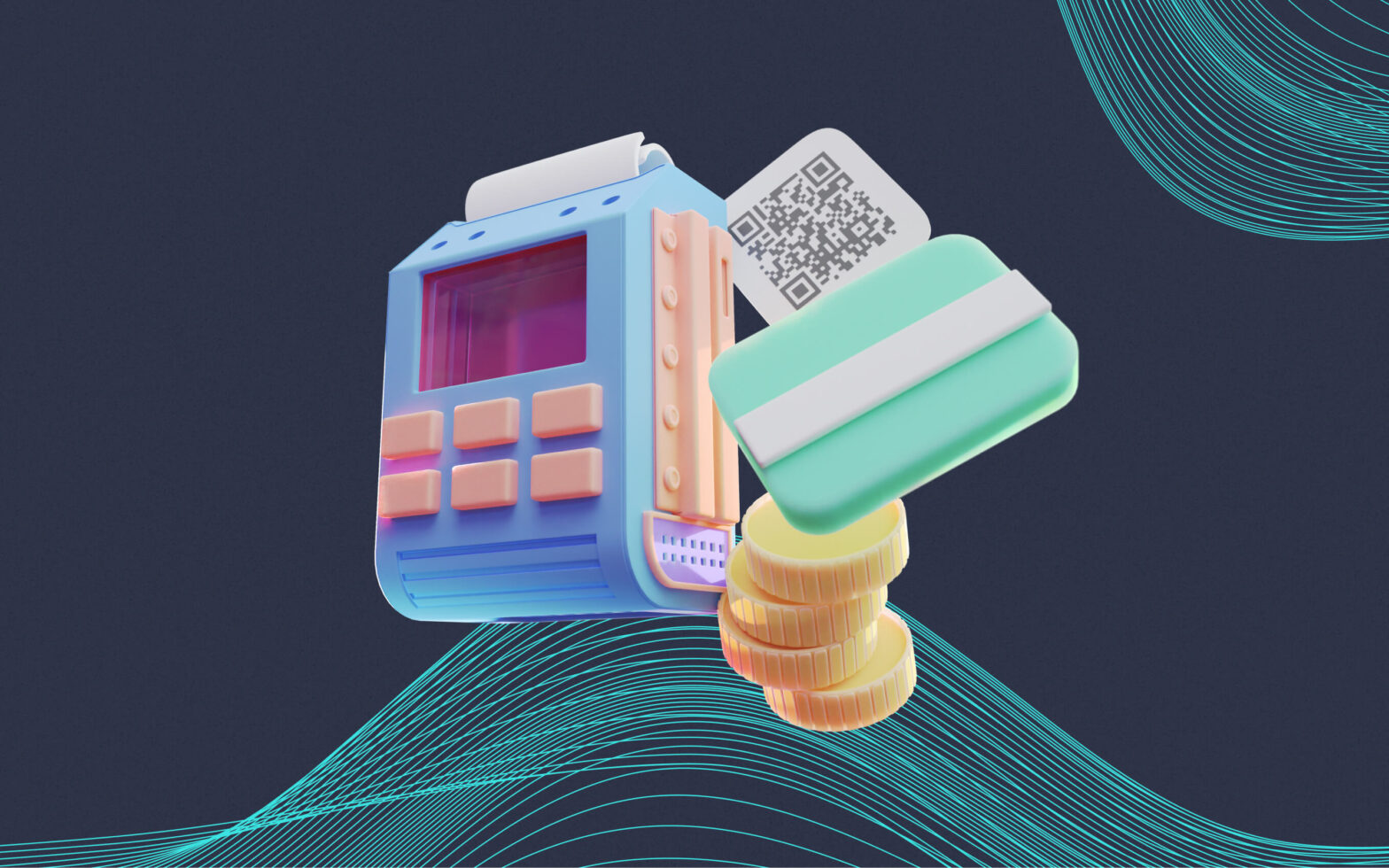The landscape of payment methods in Mexico has undergone an unprecedented transformation in recent years. The emergence of financial technologies (Fintech) and payment aggregators has led to a radical change in consumer habits and the structure of the national financial market. However, despite progress, significant challenges remain that hinder full development and inclusion.
Recently, the Association of Payment Method Aggregators (ASAMEP) and KPMG Mexico presented an exhaustive study, “The aggregator sector in Mexico”, which sheds light on the current situation of this sector in Mexico. This analysis not only examines the current state of the country, but also dives into the experiences of other Latin American countries, such as Colombia, Brazil, Argentina and Chile, to identify areas of opportunity and common challenges.
One of the most notable findings of the study is the rapid growth of the use of digital payments in Mexico. According to data from the Bank of Mexico (Banxico), before the pandemic in 2019, 88% of transactions were carried out in cash, while in 2022 this figure was reduced to 82%. This radical change would not be possible without the intervention of Fintech and payment aggregators, who have democratized access to financial services and driven the adoption of electronic payments.
Despite this progress, the study identifies a series of obstacles that limit the growth and full participation of payment aggregators in Mexico. Among these challenges are the dependence on incumbent clearinghouses (Prosa and E-Global), the lack of information, complex contractual conditions, high operating costs and the absence of participation in decision-making in the rules that govern the payment methods.
One of the most worrying aspects is the lack of equity in the exchange fee in Mexico, which does not take into account factors such as the system’s operating costs and strategies to promote financial inclusion. This imbalance has been recognized by the Federal Economic Competition Commission (COFECE), which has proposed measures to reduce barriers and promote competition in the sector.
Regulatory coincidences
It is revealing to compare the situation in Mexico with that of other Latin American countries, where local authorities have taken concrete measures to identify and overcome barriers to entry in the payments market. Argentina, Brazil, Chile and Colombia have taken actions to promote competition and financial inclusion, with encouraging results.
In this sense, it is imperative that Mexico promotes more flexible and progressive regulation that encourages competition and innovation in the payments sector. Collaboration between government, businesses and regulators is essential to create an environment conducive to the development of new technologies and business models.
In addition, it is necessary to improve the technological infrastructure and security of payment systems to guarantee user trust and protect their personal data. Investment in technology and training will be key to facing future challenges and taking advantage of the opportunities offered by the digital economy.
Key findings
Among the main results of the survey of the payment aggregators that participated in the study, the following stand out:
- Between 2014 and 2021, the number of POS installed by aggregators has shown a compound annual growth of 55.4%, above that of other financial institutions (6.1%).
- Of the sample of payment aggregators surveyed, 61.5% have a card-present and card-not-present approach, the remaining (38.5%) are focused on card-not-present solutions.
- 85% offer e-commerce solutions and products, 74% payment links and 62% point-of-sale terminals.
- 40% mentioned that they obtain 80% or more of their income through the discount rate and interest-free month surcharge.
- 50% consider the exchange of information with acquirers appropriate, while the other 50% do not perceive it that way.
- Despite the positive impact that aggregators have had on the growth of the payment network and the adoption of digital payments, 65% assure that they are not considered in the definition of the rules with which they operate.
- 79% consider that the technology in payment methods in Mexico offered by issuers and acquirers is behind in comparison to the international offer.
- In Mexico, cash represents the highest percentage of transactions at physical points of sale with 39%, unlike other countries such as Brazil (26%), Argentina (28%) and Chile (23%).
The ASAMEP and KPMG Mexico study highlights the urgent need to promote competition and financial inclusion

